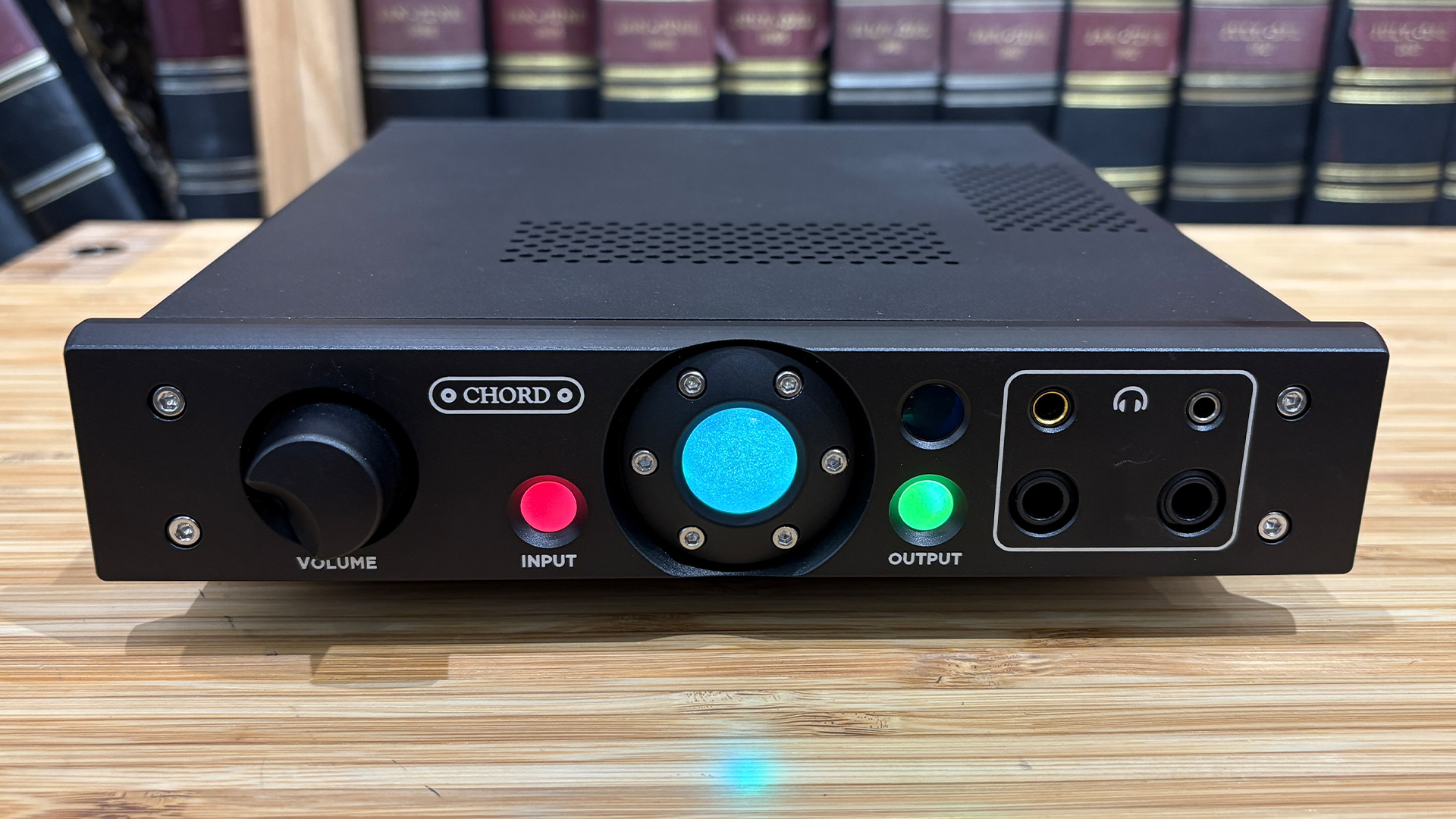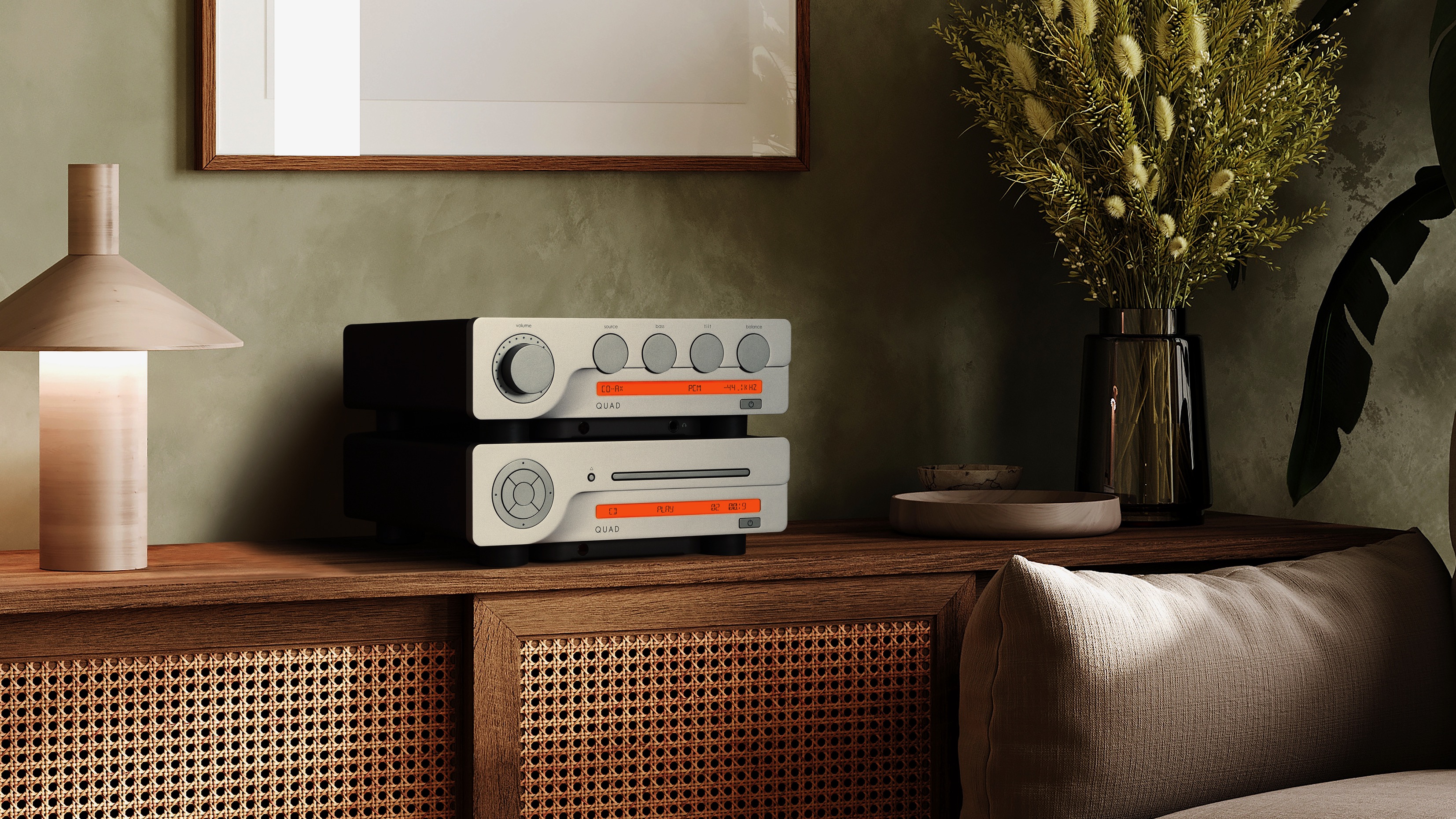What Hi-Fi? Verdict
The Alto is something of a niche product, but it is one of the best-sounding headphone amplifiers we’ve heard
Pros
- +
Neutral, detailed and punchy presentation
- +
Can drive multiple headphones
- +
Good with speakers and as a preamp too
Cons
- -
Volume control adjustment lacks subtlety
- -
Only two inputs
Why you can trust What Hi-Fi?
Chord Electronics’ Alto doesn’t fit neatly into one of the traditional hi-fi categories.
It is an analogue amplifier with four headphone outputs that can all be used at the same time. But, unusually, it can also drive a pair of speakers and serve perfectly well as a simple high-end preamp.
Build & design
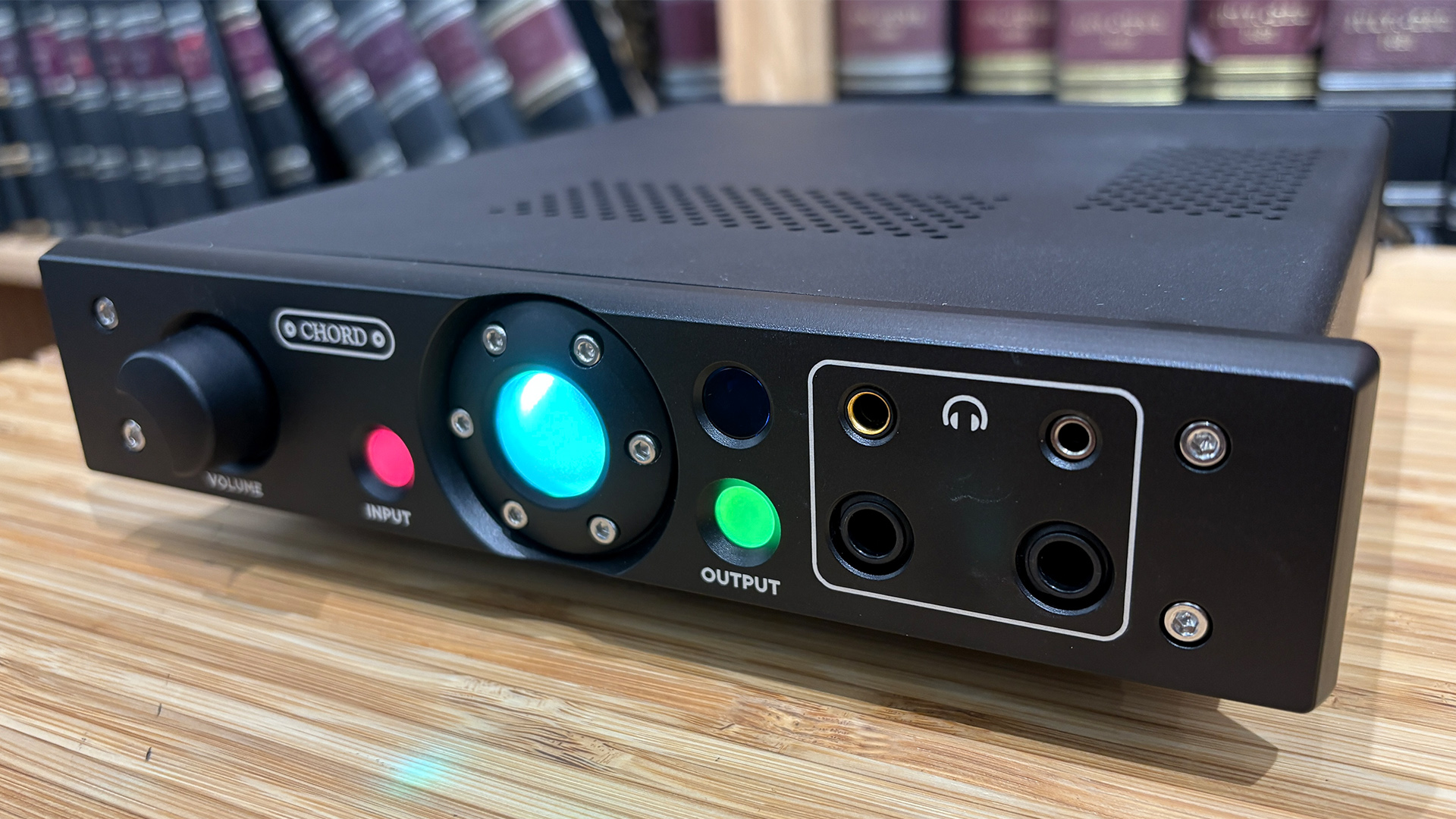
The Alto was originally designed for the Pro market to allow recording and mastering studio engineers to swap easily between multiple headphones and their nearfield monitor speakers.
Its small size, around the footprint of a small paperback, and rugged build make it pleasingly portable. Just ideal for engineers that hop from studio to studio.
This unit’s range of features also makes sense for home use. There are plenty of enthusiasts who have multiple pairs of headphones and may even want to share the listening experience with others.
Given the compact size, the Alto could also easily serve as part of a domestic high-end desktop system, too.
Connectivity & features
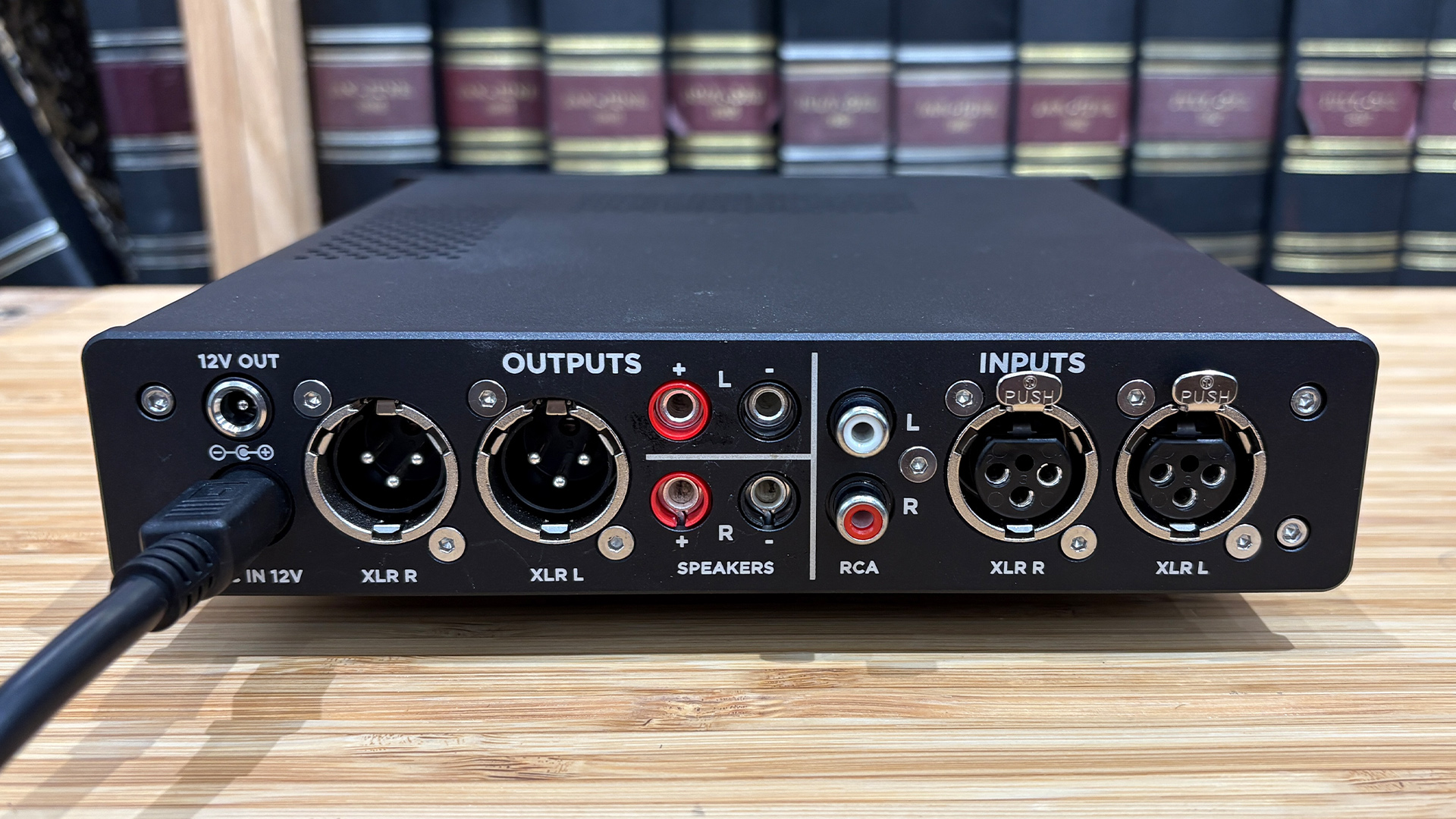
This little unit is pretty well equipped. Its four headphone outputs are split into a pair of 6.3mm sockets, a 3.5mm and, for the first time on a Chord product, a 4.4mm balanced Pentaconn.
The latest hi-fi, home cinema and tech news, reviews, buying advice and deals, direct to your inbox.
It also has a balanced XLR preamp output that can be used in parallel with the headphone and speaker outs, and opens up connection to an external power amplifier or even a pair of active speakers.
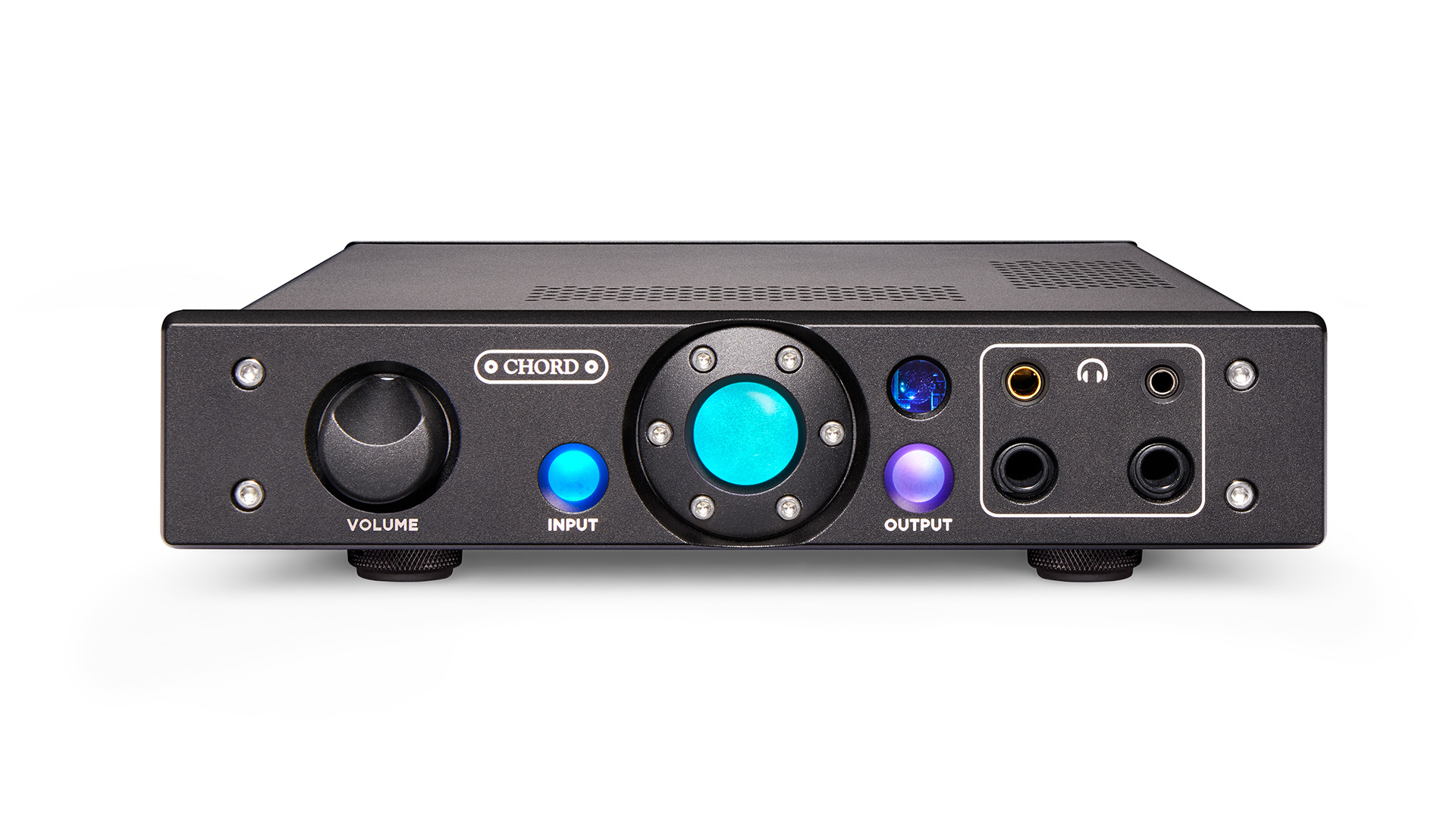
Phono stage? No
Inputs Line level x 1, Balanced XLR x 1
Outputs Speaker, balanced XLR pre-out
Bluetooth? No
Headphone output? Yes (3.5mm, 6.3mmx 2, 4.4mm)
Dimensions (hwd) 4.4 x 20.0 x 21.5 cm
Weight 1.95kg
Inputs? There are just two: analogue, single-ended RCA and balanced XLR. If you need digital inputs, then Chord makes the excellent Hugo TT2 DAC, which mirrors many but not all of the Alto’s capabilities. It, too, can drive speakers in a nearfield context but misses out on its sibling’s analogue inputs.
Take a look inside the Alto and you will find that it features the company’s latest Ultima dual feed-forward circuit topology, which monitors and corrects distortions in the music signal before the output stage.
This Ultima circuit design is claimed to produce faster, more dynamic and transparent results than the previous generation of Chord electronics. That claim rings true in our experience.
The Chord Alto is a powerful product for its small size. It delivers a strong 2250mW (into 100 ohms) through its headphone output, as well as delivering 25 watts per channel into 8-ohm speaker loads. Impressively, that speaker output doubles as impedance halves to 4 ohms.
Typically, amplifiers of this size with such a power output tend to use Class D circuitry because of its innate efficiency and low heat generation. It is some testament to Chord’s engineers that the Class A/B Alto generates such figures, even though the unit does run warm when doing so.
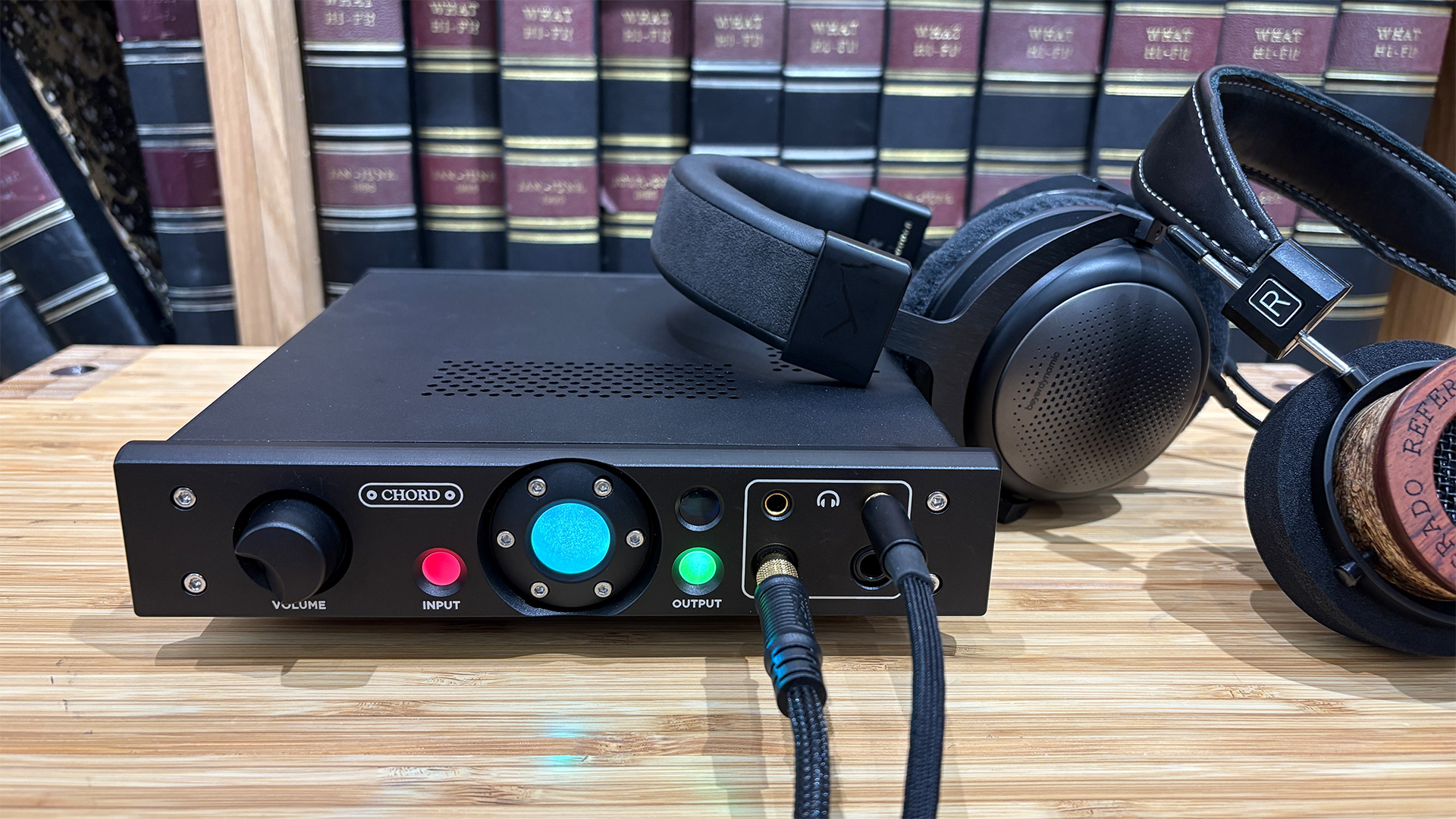
The Alto is a simple product to use, though. As is the company’s way, different colours of LED are used in the various switches to indicate the input and output chosen. It takes just a short time to get comfortable with this, though the story will be different if you are colourblind.
The supplied remote is simply laid out, but it feels a little cheap in the hand.
Our main complaint is that there isn’t a great deal of subtlety in the way the Alto’s volume control works. We can only use a relatively small amount of volume control rotation before the sound becomes too loud. The volume level goes from ‘too quiet’ to ‘turn it down’ surprisingly quickly, with not enough leeway in between.
This holds true whether we use wired headphones (Focal Stellia, Yamaha YH-5000SE and Sony MDR-Z1R, among others), speakers (KEF LS50, Epos ES14N, ATC SCM50) or our reference Burmester 088/911 Mk III power amplifier.
Chord should really have another look at this, as it makes the Alto feel fussy in use.
Sound
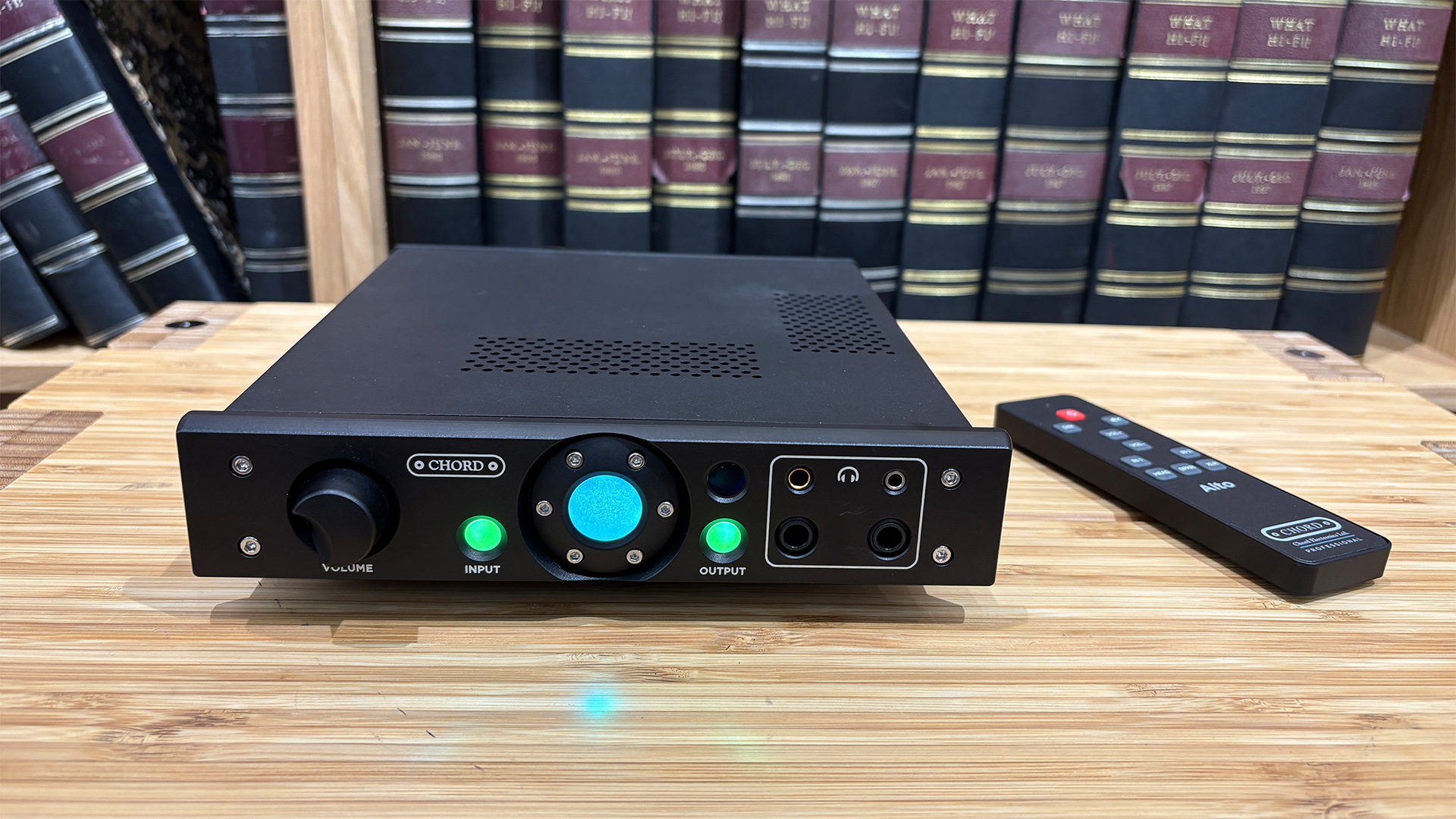
A product at this level deserves talented sources, and we oblige with Naim’s ND555/555 PS DR music streamer and the Technics SL-1000R/Kiseki Purpleheart MC record player feeding a Cyrus Phono Signature phono stage.
We start by listening to the Alto as a straight headphone amplifier feeding our aforementioned sets of cans. Regardless of partner, it sounds every bit like a proper modern Chord amplifier.
We’ve heard a number of these over the last few years from the Ultima Pre 3 preamp, Ultima 5 and 6 power amps, and the Ultima Integrated – this little Alto clearly shares their sonic DNA.
It sounds immaculately clean, crisp and clear without erring into sterility. Detail resolution is impressive, as is the Alto’s unvarnished and honest approach to music replay. It is well balanced tonally, retaining a degree of naturalness that is rare to hear, even at this level.
This isn’t an amplifier that adds flavour to the music signal in a bid to make it sound more impressive. You get whatever is on the recording, and if that is bright, aggressive or thin, this Chord won’t hide that fact.
But, give it a well-recorded music feed and it will reveal plenty in the way of subtle instrumental textures and nuances in a voice, while organising the presentation with unusual composure and stability.
As we listen to Ella Fitzgerald’s Summertime, it's clear that the Chord does a great job of communicating the passion and warmth of her performance. This song has a sparse instrumental backdrop, but the Alto still delivers the track in a musical and cohesive way, with voice and instruments pulling in the same direction.
The amplifier’s neutrality comes to the fore here, with Chord adding little extra character to the original recording.
As we swap between our various headphones, it is clear that this is an amplifier that is happy to leave the spotlight to the source and its transducer partners. Such transparency is unusual and impressive.
We try something more dynamically challenging in the form of Carmina Burana by Orff, and this little box continues to please. It has a strong sense of control and keeps a firm grip on multiple instrumental strands without sounding confused.
Musically, it all makes sense, even when the recording becomes dense and chaotic. The Alto has no trouble revealing low-level details such as the acoustics of the recording venue or the space around each of the performers.
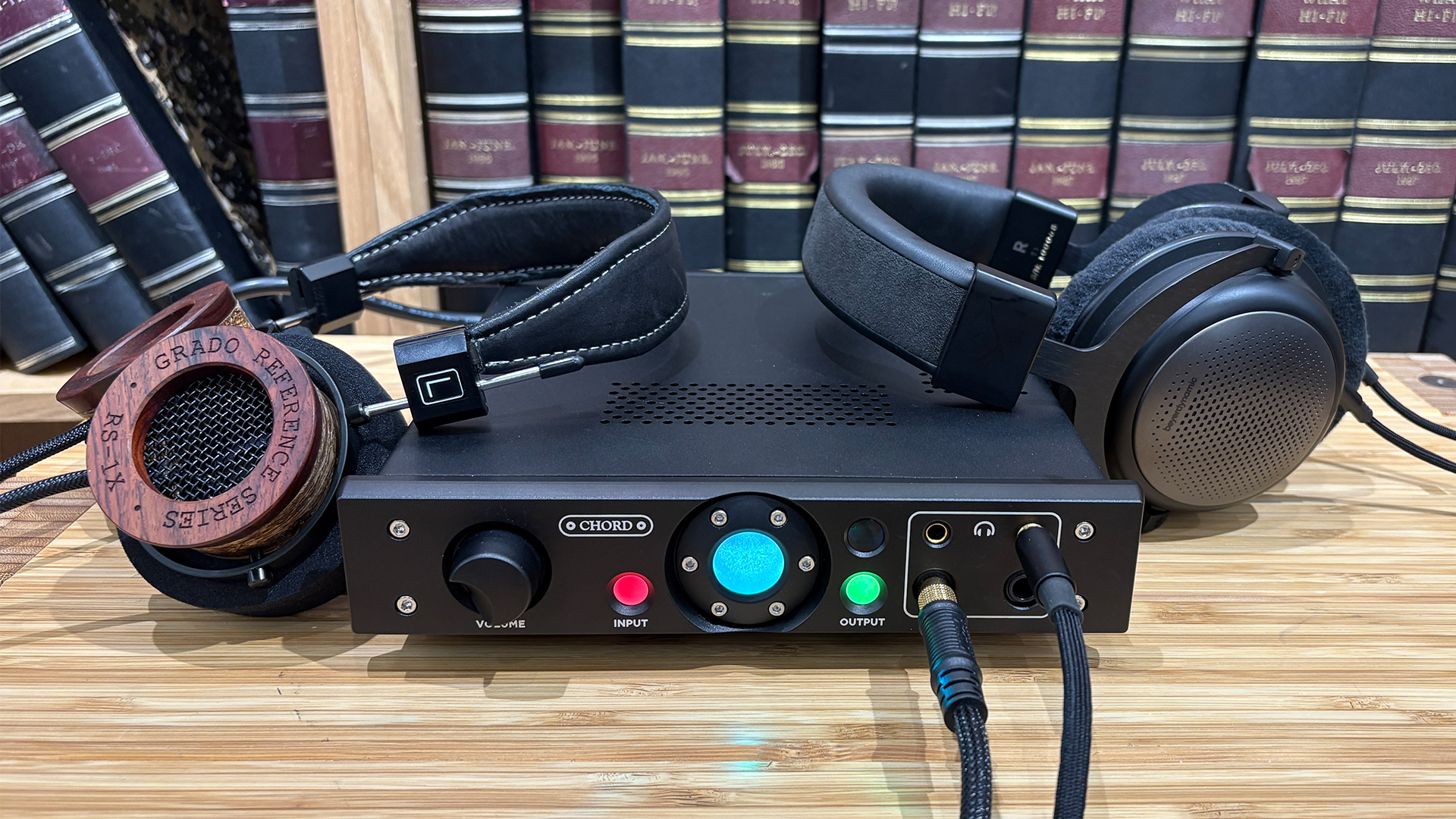
Add a confident handle on dynamics, even as the music erupts, and the ability to produce a stable sound field that doesn’t blur when things get demanding, and you have a performance that’s straight out of the top drawer.
We’re curious as to how the Alto performs as a conventional stereo amplifier driving a pair of speakers. Quincy Jones’s The Dude is a stern test with its demanding production, vivid dynamics and hard-charging rhythms.
On the whole, the Chord does well, though we do find its outer limits soon enough to confirm that it works best in a nearfield context.
When we’re sitting close to speakers, say less than 2m, the Alto sounds suitably bold and powerful, delivering the sound with all the conviction we hear through its headphone outputs.
However, in larger spaces it doesn’t really have the scale, dynamic clout or low-end authority to truly satisfy, particularly when driving less sensitive designs such as the ATC SCM50 in our 3 x 7 x 5m (hwd) test room.
How does the Alto perform as a preamp? It turns out very well. There is little to complain about the insight it offers into recordings or the even-handed way it deals with each genre of music. The soundstaging isn’t the most spacious, and there is a lack of ‘air’ compared to our much pricier reference preamp, the Burmester 088.
But, judged by price standards, it is still up with the best of them when it comes to honesty, resolution and musical cohesion. Our only word of caution is that having just two inputs could be a major limitation for many.
Verdict
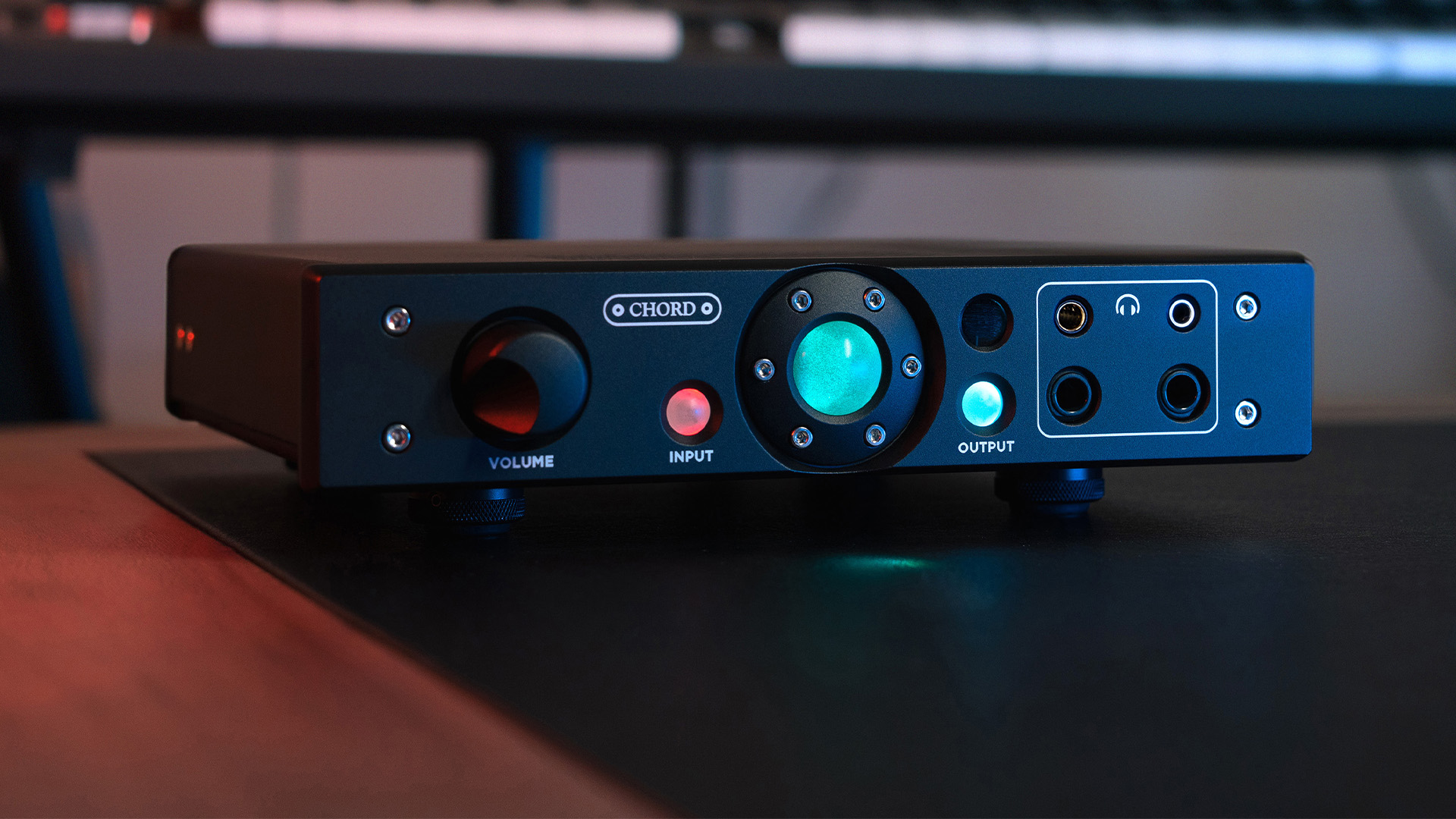
Overall, there is no denying that the Chord Alto is an impressively capable product. In its primary objective, that of a headphone amplifier, it is one of the finest we’ve heard. That it also impresses when driving speakers in a near-field context and as a preamp are bonuses that turn it into a rather remarkable and tempting option.
While the Alto remains a niche choice in many respects, it's one we would be happy to make.
Review published: 28th July 2025
SCORES
- Sound 5
- Build 4
- Features 5
MORE:
Read our review of Austrian Audio's The Full Score
Also consider the SPL Phonitor xe
Read our Chord Hugo TT2 review
Best headphone amplifiers: expert picks to boost your personal listening

Ketan Bharadia is the Technical Editor of What Hi-Fi? He has been reviewing hi-fi, TV and home cinema equipment for almost three decades and has covered thousands of products over that time. Ketan works across the What Hi-Fi? brand including the website and magazine. His background is based in electronic and mechanical engineering.
- Kashfia KabirHi-Fi and Audio Editor
You must confirm your public display name before commenting
Please logout and then login again, you will then be prompted to enter your display name.
